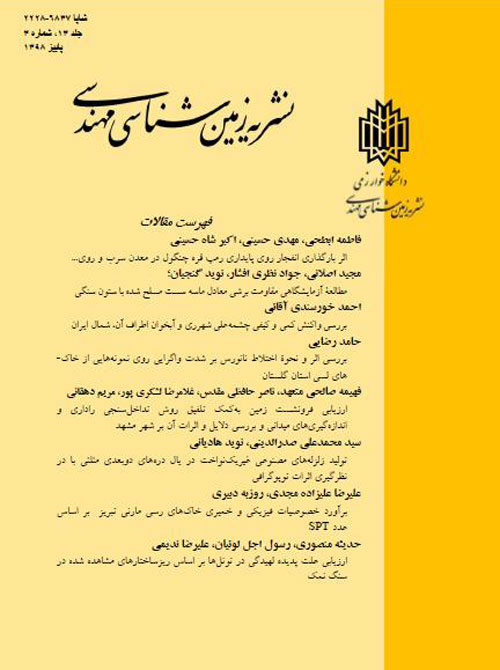Optimum Bit Selection Using Data Mining Algorithms-A Case Study
Drill-bit selection is one of the most important aspects of well planning due to the bearing it can have on the overall cost of the well. Bit selection in conventional and slightly inclined wells is a very delicate and complex process. In high angle and horizontal wells it is even more difficult. Historically, drilling engineers have selected bits on the basis of what has been worked well in the area and what has been determined to have the lowest cost run from offset bit records. Often the best bit records were not available for evaluation, because the best bit may not yet have been run, may have been run by a competitor or the engineer was new to the area. As a result the bit program was generally developed by trial and error and at significant additional costs for a large number of wells. In most cases the optimum program was never reached because there was nothing to predict that a bit selection change could further reduce the cost of the well. In this study, an alternative solution approaches using the concept of the power of data mining algorithms to solve the optimum bit program for a given field is proposed.
It has been considered an offset well to be drilled outside the known boundaries of a known field. For this purpose, the seventh well (X-7) of the same field was used as a verification point. The data was trained using the well log and rock bit data of six wells located in the field and the real well log data of well 7 was input as unknown data. These depths are selected based on reported rock bit program. When compared to the real data, it could be observed that the models (adaptive neuro fuzzy inference system, K-nearest neighbors, decision tree, Bayesian classification theory and association rules) estimates the formation hardness accurately. This minor discrepancy was also present with the company’s suggested rock bit program, which was based on the previous wells’ rock bit data.
In this paper, data mining algorithms for optimum rock bit program estimation is proposed. The accuracy and efficiency of the developed data mining algorithms (adaptive neuro fuzzy inference system, K-nearest neighbors, decision tree, Bayesian classification theory and association rules) that requires sonic and neutron log data input was tested for several real and synthetic cases. In the case of a development? well to be drilled outside the known boundaries of a field the model estimated rock bits with properties that consider the formation hardness correctly but slightly underestimated further rock bit details. The models also produced reasonable rock bit programs for an advance well to be drilled within the known boundaries of a field and a wildcat well drilled in a nearby field with similar rock properties to the training field. Thus it was concluded that the developed adaptive neuro fuzzy inference system is suitable as a front-end system for rock bit selection that could help engineers in decision-making analysis.
Optimum bit selection is one of the important issues in drilling engineering. Usually, optimum bit selection is determined by the lowest cost per foot and is a function of bit cost and performance as well as penetration rate. Conventional optimum rock bit selection program involves development of computer programs created from mathematical models along with information from previously drilled wells in the same area. Based on the data gathered on a daily basis for each well drilled, the optimum drilling program may be modified and revised as unexpected problems arose. The approaches in this study uses the power of data mining algorithms to solve the optimum bit selection problem. In order to achieve this goal, adaptive neuro fuzzy inference system, K-nearest neighbors, decision tree, Bayesian classification theory and association rules were developed by training the models using real rock bit data for several wells in a carbonated field. The training of the basic models involved use of both gamma ray and sonic log data. After that the models were tested using various drilling scenarios in different lithologic units. It was observed that the adaptive neuro fuzzy inference system model has provided satisfactory results.
- حق عضویت دریافتی صرف حمایت از نشریات عضو و نگهداری، تکمیل و توسعه مگیران میشود.
- پرداخت حق اشتراک و دانلود مقالات اجازه بازنشر آن در سایر رسانههای چاپی و دیجیتال را به کاربر نمیدهد.



